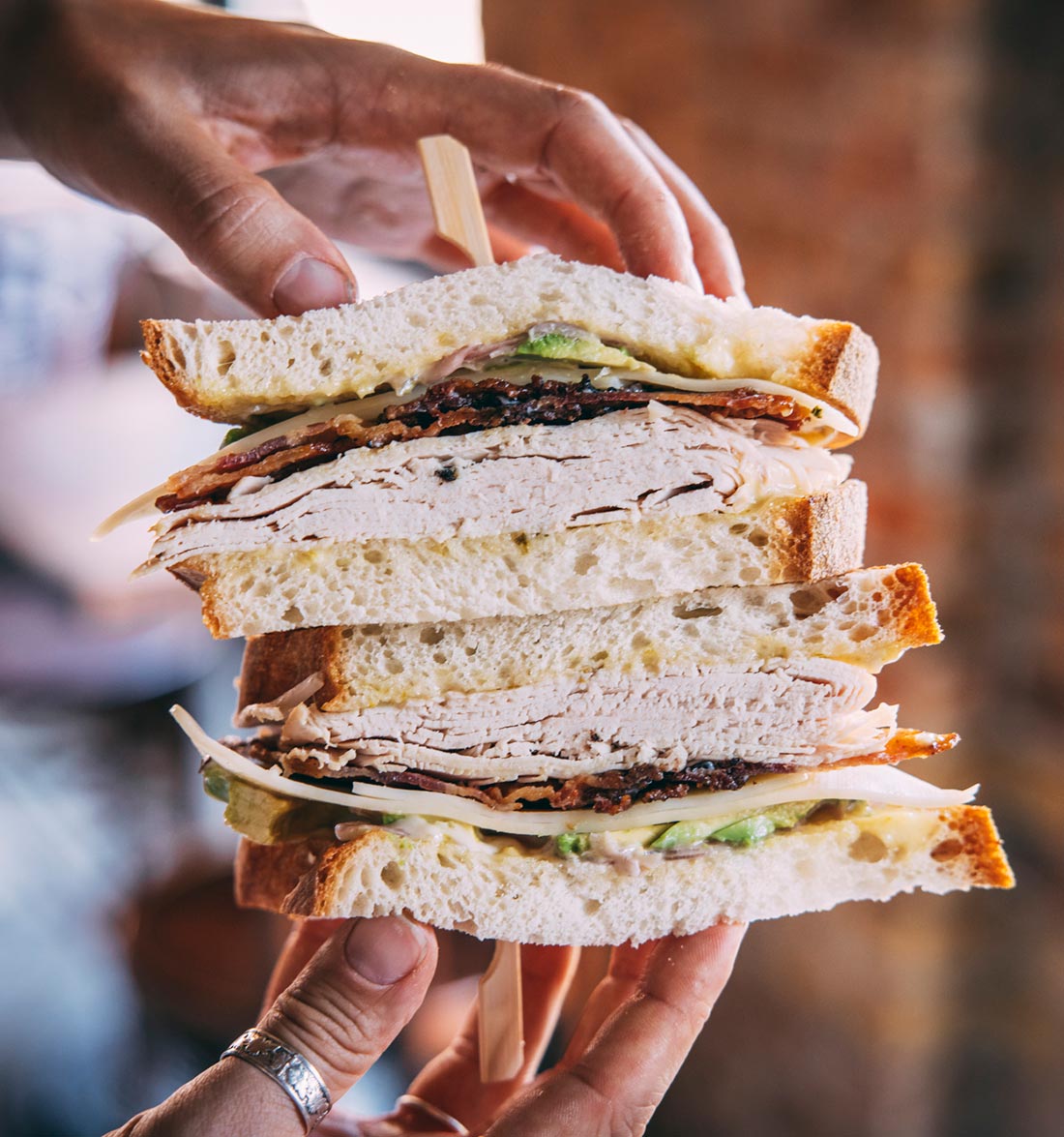Chinese dining conjures up images of noisy feasting sessions over communal round tables, where diners huddle around a lazy Susan laden with dishes.
However, things go off the beaten path at Xin Divine, a four-month old modern Chinese restaurant in Duxton Hill that showcases classic Chinese dishes and flavours with European influences. The dishes are individually plated and served in sleek tableware in an elegantly-adorned 72-seat space that occupies one-and-a-half shophouse.
The idea for this East-meets-West concept is the brainchild of Ms. Jolin Lee, who started a private dining service, Divine Palate, in 2014. Despite offering Italian and French food, she realised that diners gravitated towards the Asian cooking styles. She says: “They would ask for the pasta to be cooked longer so that it is not so al dente and the risotto would end up more like a mui fan.”

Interestingly, three chefs, who each specialise in Sichuan, Cantonese and French cuisine, helm the kitchen. To ensure a strong mastery of flavours, the chefs take charge of their respective components in the hybrid dishes. For example, to whip up a dish of Chilean sea bass, the Sichuan chef cooks the hot and sour sauce and yu xiang eggplant, while the French chef pan-sears the fish.
“This is a kitchen that helps bridge the knowledge gap of different cuisines,” Ms. Lee says. “Chefs need to be open-minded and learn to work together.” Ms. Lee gets ideas for the dishes by observing what the chefs cook for staff meals and formulates menu ideas from there.

Another hybrid dish is the poulet de Bresse ($35), a roulade of French chicken thigh that is seasoned with nu er hong, or Zhejiang yellow wine, and stuffed with foie gras. The smoothness of the booze-filled bird is contrasted by the crisp layer of tempura that encircles the roulade, though we are not too keen on the odd sweet and herbal-tasting puree.


Xin Divine is located at 10 Duxton Hill, tel: 63100-0030, open: noon to 2:30 p.m.; 6:00 p.m. to 10:00 p.m. (Mondays to Saturdays), closed on Sundays.











